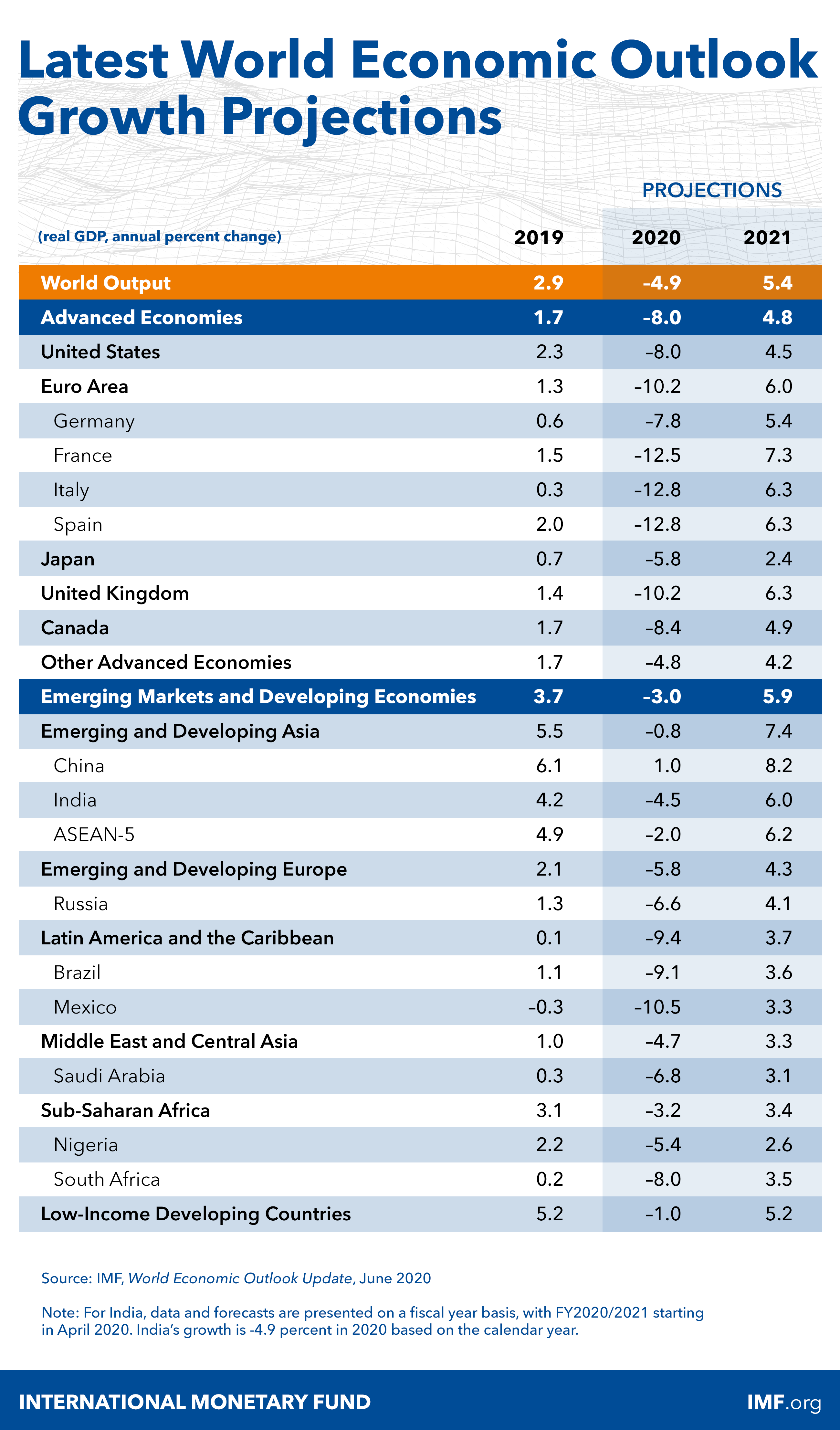World counts update for today can be found here: https://trueeconomics.blogspot.com/2020/07/30620-covid19-update-world-cases-and.html.
Now, updating charts for the U.S. and the EU27. Note: normalized charts show cases and deaths adjusted for population differences. 7-days lagged data reflects differences between the two data sets in terms of arrival of first deaths.
As always, all comments in the charts (click on the chart to enlarge).
Total counts unadjusted for population size differences. Key: this shows the U.S. catching up with (larger in population) EU27 in total numbers of deaths, having vastly outstripped the EU27 in the number of cases already:
Adjusting for population differences:
Illustrating the distance between the U.S. and the EU27 in the number of deaths, adjusted for population differences and a time lag in the U.S. onset of deaths, relative to the EU27:
Actual cases, daily arrivals:
Actual deaths, daily additions:
The U.S. cases dynamics behave distinctly from every other advanced economy, and not in a good way. U.S. death counts also significantly exceed those in the EU27, as well as every other large advanced economy. Again, not in a good way.





























